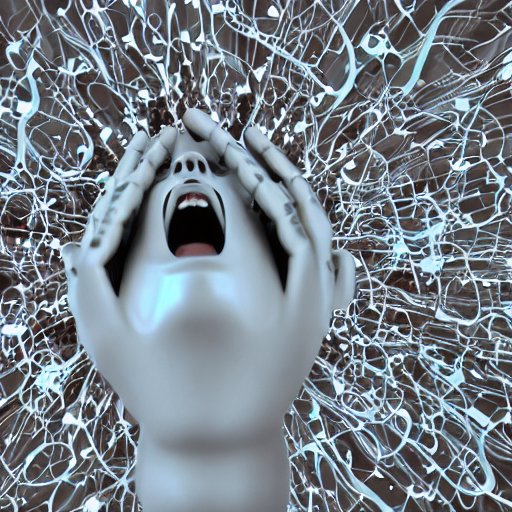A little less clear on the homework for this week, I think what is required is the selection of one of my own photographs that can work as a hook picture and that has a punctum (from Barthe's Camera Lucida): heaven help us with defining that - even Frieze has it thus:
"Barthes described the photograph as ‘the living image of a dead thing.’ This was something that it shared in common with the painting, which had originated – as documented by ancient Egyptian funerary objects – in portraits of the dead. But what was unique to the photograph, according to Barthes, was its punctum, which he defined as the sensory, intensely subjective effect of a photograph on the viewer: ‘The punctum of a photograph is that accident which pricks me (but also bruises me, is poignant to me).’ Barthes contrasted the punctum with the studium denoting a general approach to a photograph that is conditioned by historical and cultural experiences and is not categorically different from how other art forms are approached. Several generations of writers have since reflected on and speculated about the significance of the punctum for photography’s theoretical interpretations without arriving at any consensus."
More guidance on what is meant by 'punctum' is provided here, where Barthes himself is quoted:
According to Barthes, studium is: “a kind of general interest, one that is even stirred sometimes, but in regard to them my emotion requires the rational intermediary of an ethical or political culture. What I feel about these photographs derives from an average affect, almost from certain training. I did not know a French word which might account for this kind of human interest, but I believe the word exists in Latin: it is studium, which doesn’t mean, at least not immediately, “study,” but application to a thing, taste for someone, a kind of general enthusiastic commitment, of course, but without special acuity. It is by studium that I am interested in so many photographs…” (p. 26).
[...]
On the other hand, you have punctum: “it is this element which rises from the scene, shots out of it like an arrow, and pierces me” (p. 26), “for punctum is also: sting, speck, cut, little hold–and also a cast of the dice. A photograph’s punctum is that accident which pricks me (but also bruises me, is poignant to me)” (p. 27).
So, dear reader - based on the above, you decide what is meant by 'punctum'. However, there is more - we are to "pull out an image that has poetic potential" and we are allowed to use an old image or re-shoot an old image with this homework in mind.
All of the above in mind, my first thought for an image to take along was this one:
However, if I am to expand on this one with further exploration by way of other photographs for the class I'd have trouble as I'd not be able to get these people together again. Also, it doesn't have personal resonance, it isn't "poignant to me" - at least, not to any significant extent. I enjoy looking at it, I believe it begs questions of the viewer, but to say it has punctum would be pushing it.
Now, if we're looking for images suggestive of poetry, the field expands and one of these might make the cut:
In fact, these are more like it, from where I'm sitting. Do they lead to expansion, to other possible photographs? That is more tricky. One was in Venice so without considerable outlay I'd have trouble reshooting other related photographs, though I could find more from the time it was taken. The double-exposure (well, layered in Photoshop) image of George is a one-off - not sure where I could go for more, related, pictures. The crow in the tree (inspired by
Keith Carter) I could develop, but it would need to be by way of fresh pictures rather than any previously associated with this one - again, it is something of a one-off. So, choices, choices - I shall think on.
Later (15th Oct): Thinking about the above photographs, to some extent they represent what I think photographs should or can be, but they don't necessarily have very much emotional resonance and are lacking in life, perhaps with the exception of the Venetian interior which, as time goes on, has more and more weight because of, and not despite, the empty chair. But anyway, if a picture doesn't affect me, does that mean it is less likely to affect others? I mean, it isn't as if there is necessarily a positive correlation between pictures that affect me, that move me, and those that move others, at least in respect of the type of photographs I take. And one other thing: If I admit that a picture doesn't move me, does that mean by osmosis that other people are going to dismiss it?
Actually, just one more thing: does becoming familiar with visual language (by which I mean becoming familiar with the shortcuts used in the visual arts to invoke particular feelings or emotions in people, in much the same way that composers are able to evoke emotions with certain musical tropes), does that ultimately lessen ones' enjoyment of the visual arts? Questions questions.






Comments
Post a Comment